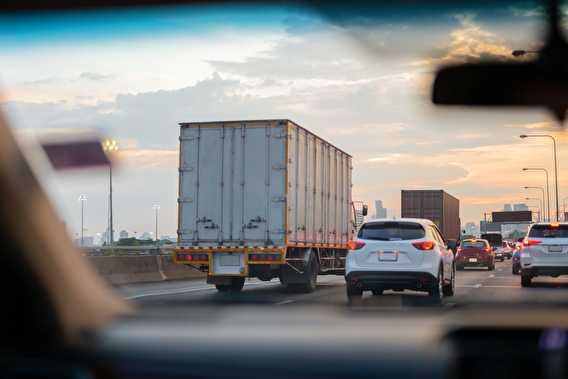
For drivers and transit users, job access in nearly all major US cities is on the decline
A new report states that between 2022 and 2023, job access via car and transit declined across most large U.S. cities; walking and biking saw modest gains.

A new report states that between 2022 and 2023, job access via car and transit declined across most large U.S. cities; walking and biking saw modest gains.
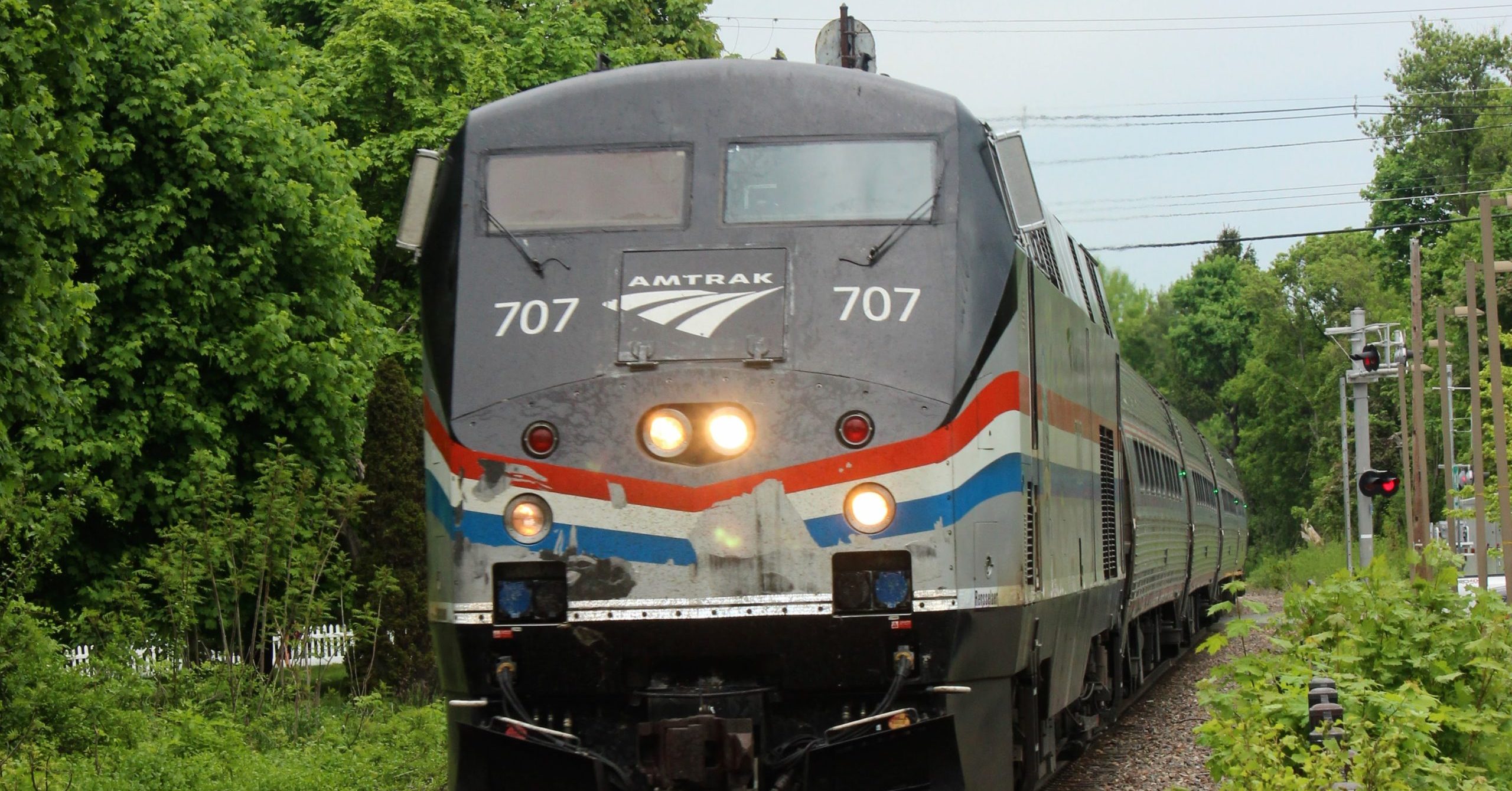
From the Twin Cities to the Twin Ports, public support for NLX should center on verifiable facts around cost, congestion and climate.
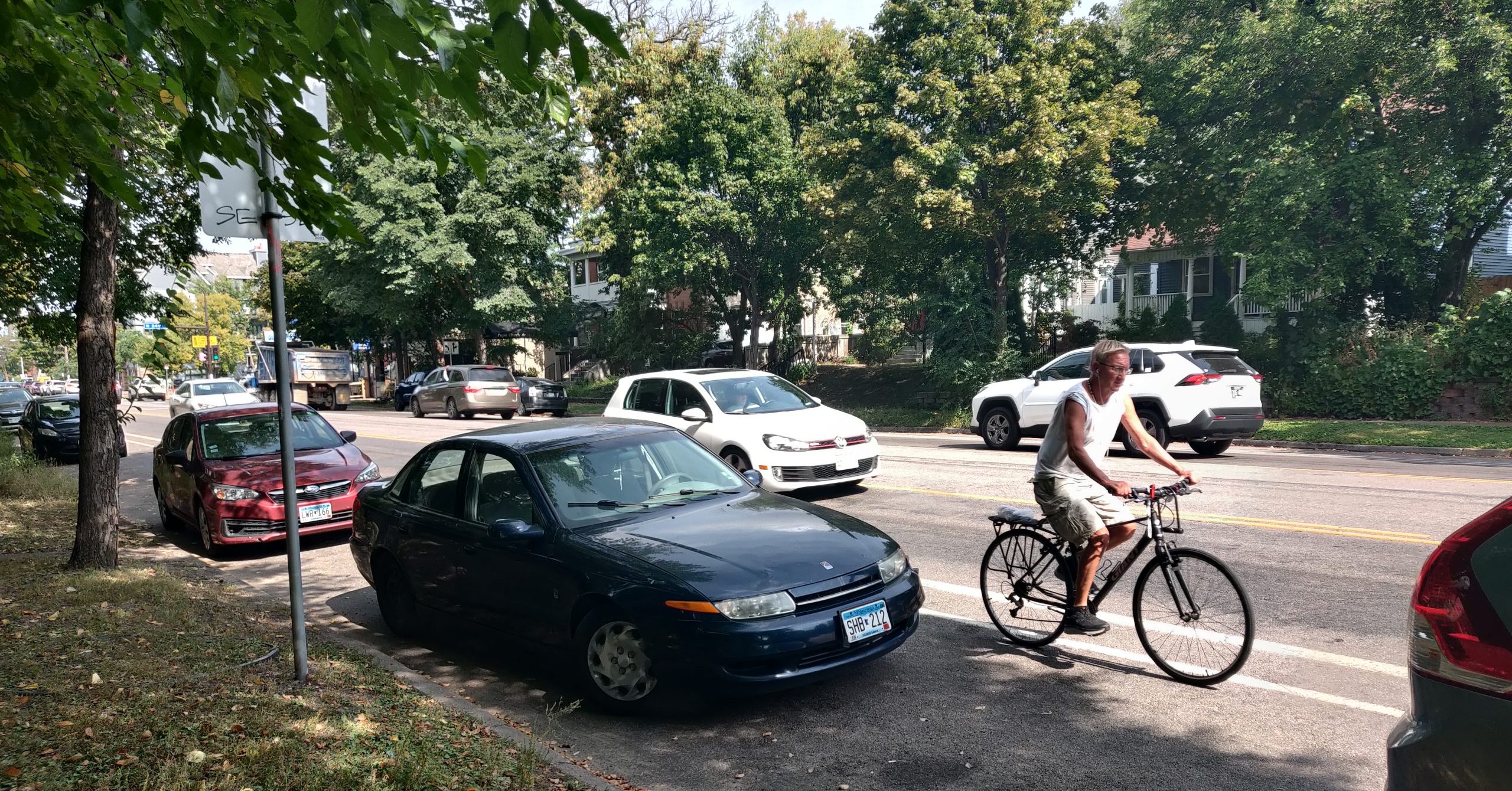
Complete streets aren’t just for those biking, walking and using transit: they’ll also benefit motorists, residents and, yes, even business owners.

Researchers propose a three-tier framework—individual, community, systemic—to reframe urban transport as a social construct influencing equity, culture, power, and future mobility.
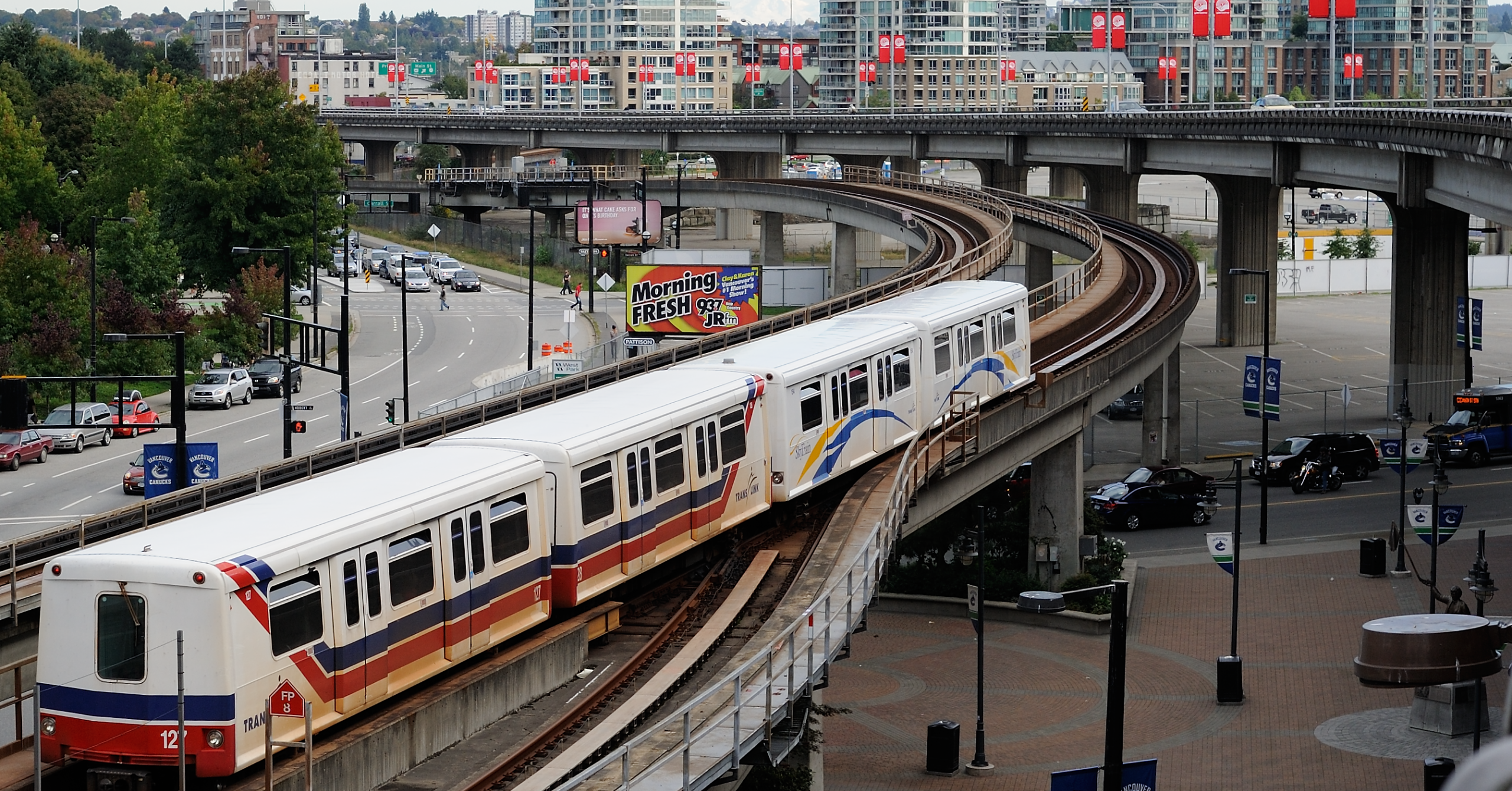
Federal rollbacks on bike and pedestrian funding expose the weaknesses of Minnesota’s fragmented transportation system, making the case for unified regional governance.
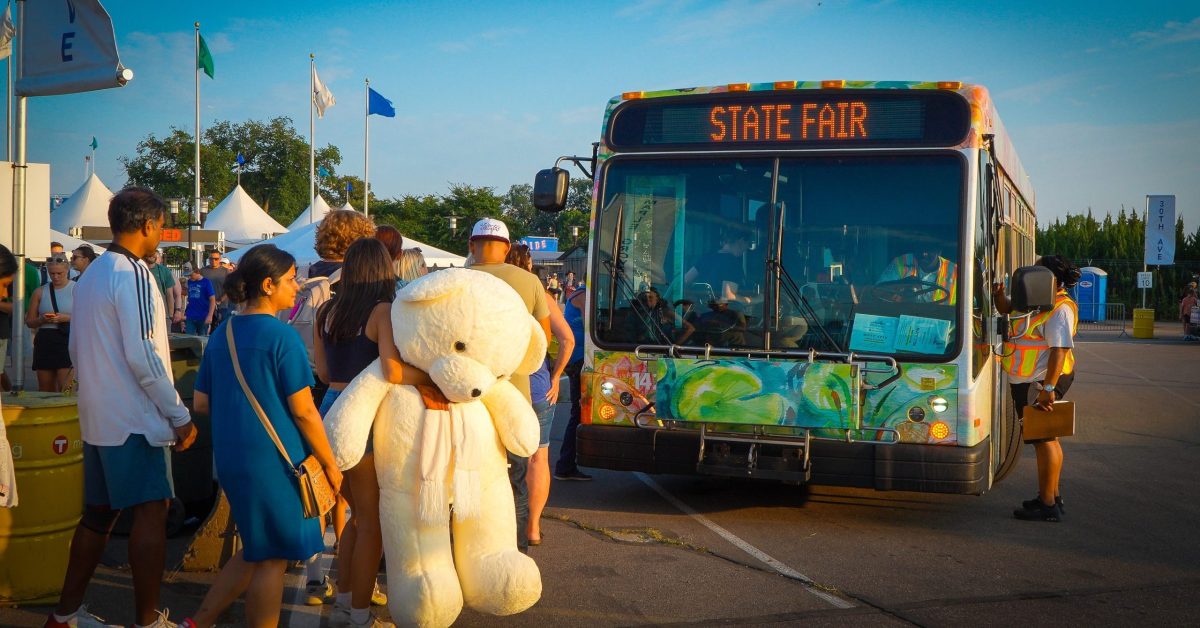
The Minnesota State Fair’s investment in options to “get there” by transit and biking sets a year-round example for the metro.
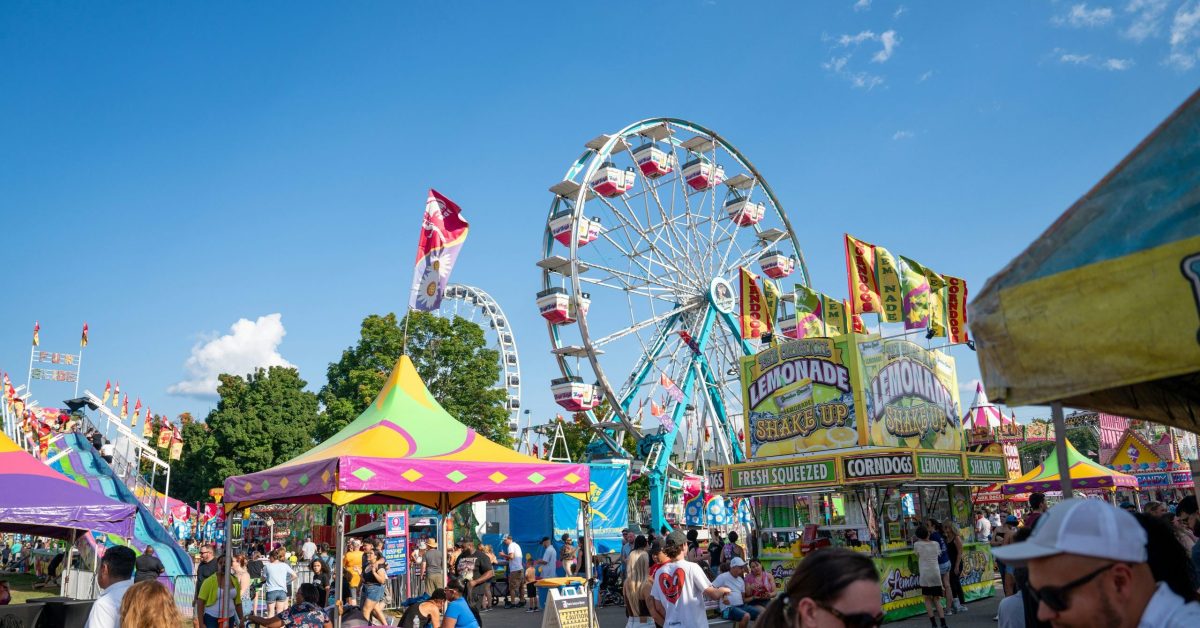
Biking to the Great Minnesota Get-Together can be cheaper, quicker and less stressful than driving — if you can find the right route.
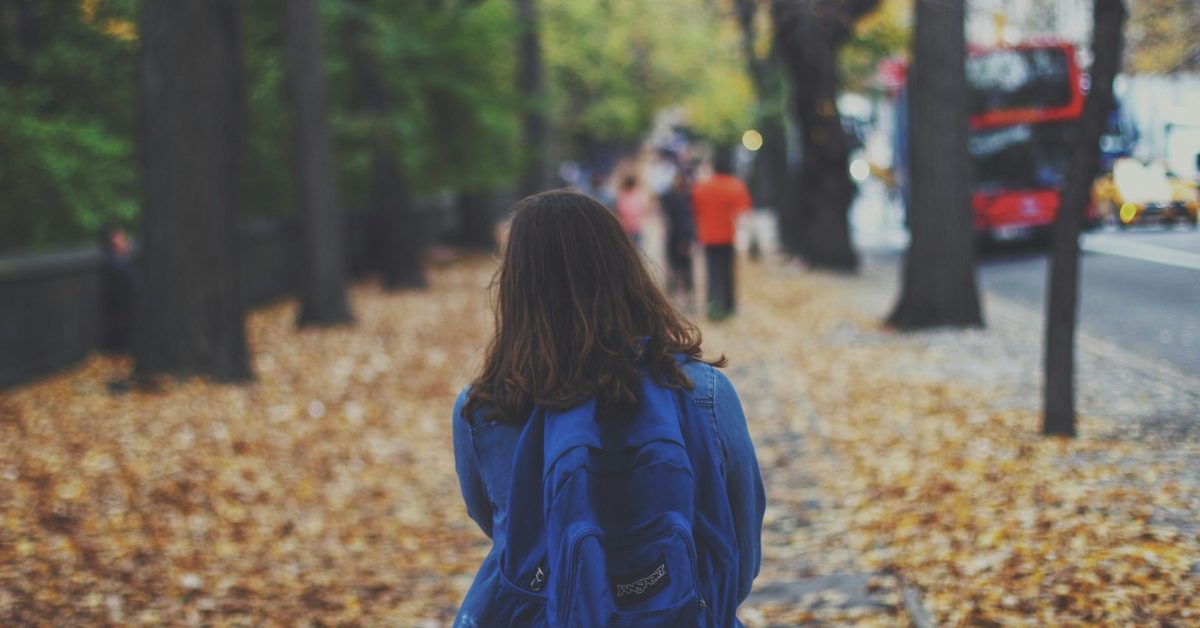
A recent study suggests that improving infrastructure may be key in allowing more kids to experience the benefits of walking and biking to school.
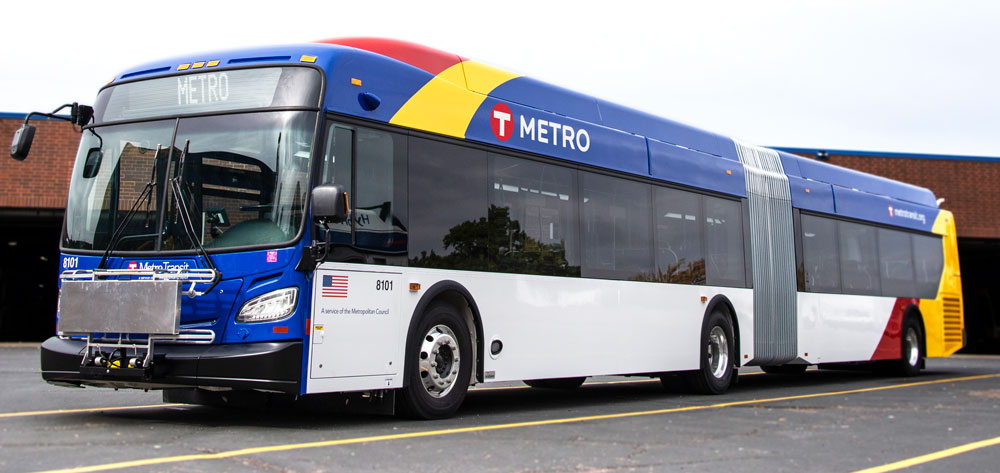
New and improved bus service metro-wide brings the Network Now goals — improved access, serve today’s travel patterns — one step closer.
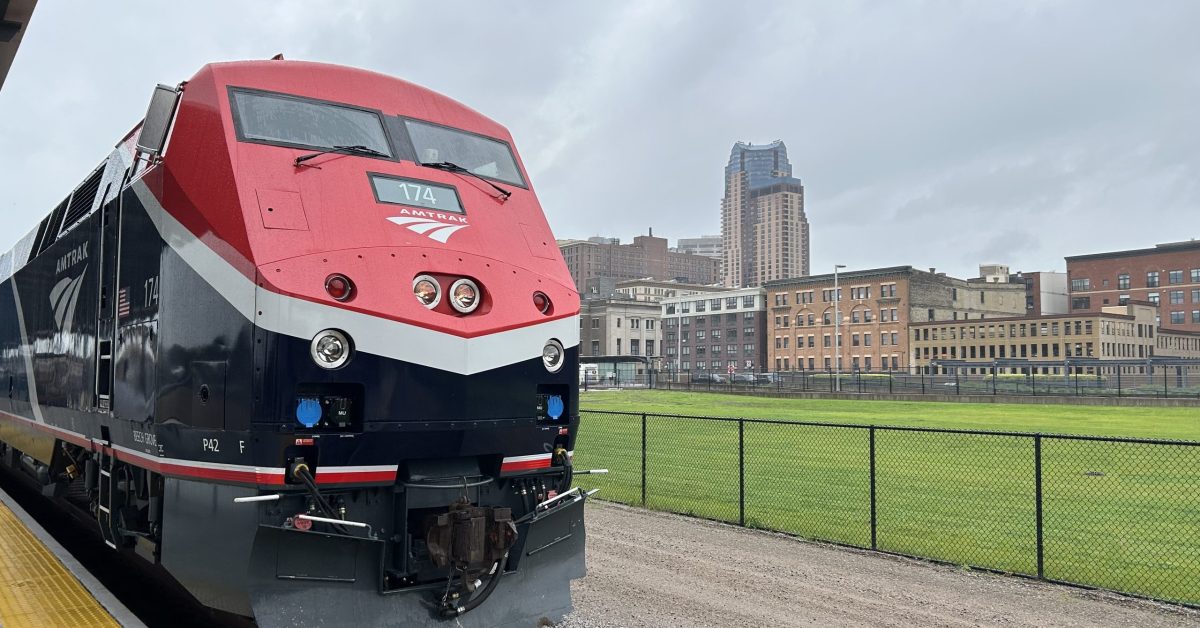
Though facing funding threats, the Northern Lights Express can benefit more than just riders, delivering investment, reduced congestion and expanded mobility.